
Shrinking chips use novel recipe
Source: BBCNews
“Had we used the same transistors that we used in our chips 15 to 20 years ago, the chip would be about the size of a two-storey building,” said Bill Kircos of Intel.
Paul Otellini, head of Intel, described the challenge of building the chips as “awe-inspiring”.
Although the chip-maker is the first company to make microprocessors with such tiny features, other companies, such as Taiwan Semiconductor Manufacturing Company (TSMC), are producing other types of silicon chip.
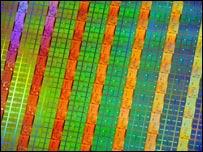

New Medical Laser Turns Viruses to Rubble
Source: Dailytech
“This technique will be very useful to disinfect all the viruses, known or unknown,” Tsen said. “This will make blood transfusion very safe.” By using the laser technique, blood banks will likely be able to determine hard to detect viruses such as HIV. HIV and other viruses undergo periods of dormancy, during which they are virtually undetectable by traditional testing.
Treatment in which the lasers are aimed at human tissues to kill viruses residing in them is still a ways away, however with continued advanced, this may one day be possible.
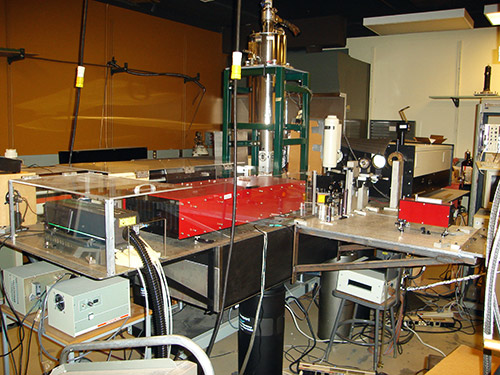
Samsung Launches Speedy SATA II SSDs
Source: Dailytech
“The 64GB SATA II SSD is based on Samsung’s cutting-edge NAND technology with dramatically improved performance specs that are taking system performance to a whole new level of efficiency,” stated Samsung director of NAND flash marketing Jim Elliott.
Samsung’s new SSDs also now compare favorably with Mtron’s family of SSDs which are available in 2.5″ and 3.5″ form-factors. Those drives feature write speeds of 90MB/sec and read speeds of 120MB/sec.
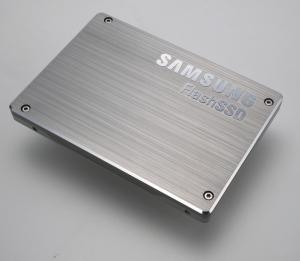
Nissan (Japan) Develops Color Changing Paint for Vehicles
Source: Anandtech
Nissan hopes to give car buyers the ability to choose whatever color they like for their vehicle — at any time. Nissan has developed what it calls a “paramagnetic” paint coating — a unique polymer layer which features iron oxide particles is applied to the vehicle body. When an electric current is applied to the polymer layer, the crystals in the polymer are then interpreted by the human eye as different colors.
Depending on the level of current and the spacing of the crystals, a wide gamut of colors can be selected by the driver. However, since a steady current is needed to maintain the color effect, the paramagnetic paint doesn’t work when the vehicle is turned off — instead, the vehicle would revert back to a default white color.

Press F4 to Bypass Windows With Fast-Boot Technology
Source: wired.com
Phoenix says its new technology, HyperSpace, will offer mobile PC users the ability to instantly fire up their most used apps — things like e-mail, web browsers and various media players — without using Windows, simply by pressing the F4 button.
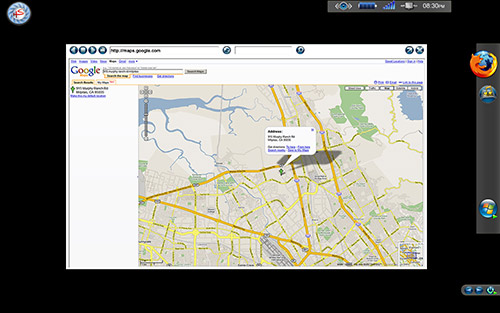
Astronomers discover new planet
Source: BBCNews
Astronomers in the US say they have found a new planet in orbit around a star 41 light years from Earth.
The discovery brings to five the number of planets orbiting the star, 55 Cancri, the most found to date in a single solar system outside our own.
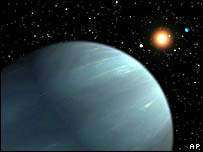
Researchers Looking to Carbon Nanotubes for New Body Armor
Source: Dailytech
The trait that makes carbon nanotubes so interesting for use in bulletproof vests is that the carbon nanotubes have excellent resistance to repeated ballistic impacts. In theory, that would mean that soldiers and police officers wouldn’t need to replace body armor after taking hits and multiple hits in prolonged firefights would be more survivable than with current generation body armor.

Terabyte Thumb Drives Made Possible by Nanotech Memory
Source: wired.com
Thanks to a new technique for manipulating charged copper particles at the molecular scale, researchers at Arizona State University say their memory is, bit-for-bit, one-tenth the cost of — and 1,000 times as energy-efficient as — flash memory, the predominant memory technology in iPhones and other mobile devices.
NC State University Breaks Record for Positron Beam Strength
Source: Dailytech
A team of researchers at North Carolina State University, the University of Michigan and Oak Ridge National Laboratory announced the construction of the most powerful beam of positrons ever recorded.
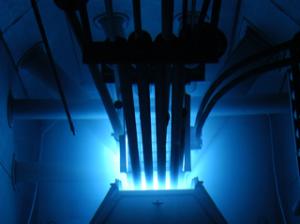
Creating life in the laboratory
Source: BBCNews
The race to create life version 2.0 is under way.
And rumours abound that closest to the finish line in constructing a lifeform in the laboratory is US genome-entrepreneur Craig Venter’s research team.
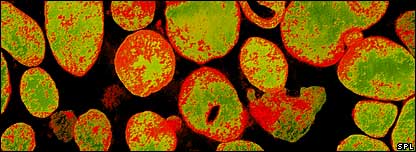
Hymini Wind Generator Charges USB Devices
Source: everythingusb
More and more gadgets are coming to market that can be recharged via the ubiquitous USB port. This allows you to be able to recharge phones and other items from your computer, but what do you do when you are out camping or otherwise not around an AC outlet of USB port?
Revolutionary technique to quickly recover lost passwords
Source: http://www.net-security.org/secworld.php?id=5567
Using the “brute force” technique of recovering passwords, it was possible, though time-consuming, to recover passwords from popular applications. For example, the logon password for Windows Vista might be an eight-character string composed of uppercase and lowercase alphabetic characters. There would about 55 trillion (52 to the eighth power) possible passwords. Windows Vista uses NTLM hashing by default, so using a modern dual-core PC you could test up to 10,000,000 passwords per second, and perform a complete analysis in about two months. With ElcomSoft’s new technology, the process would take only three to five days, depending upon the CPU and GPU.
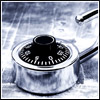
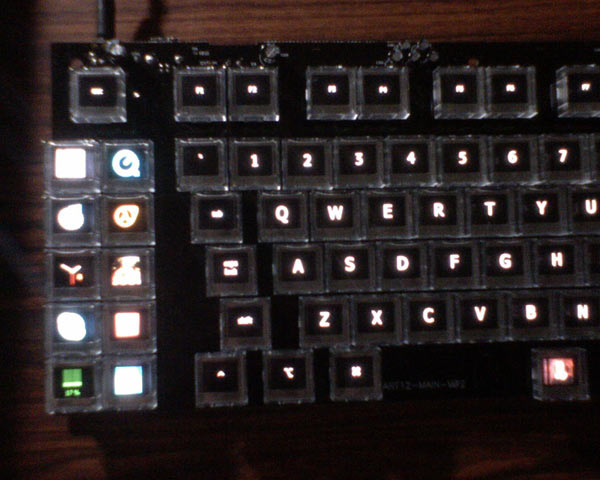
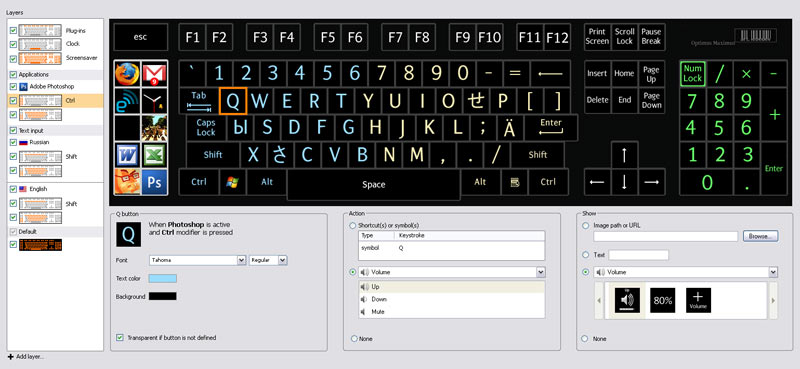
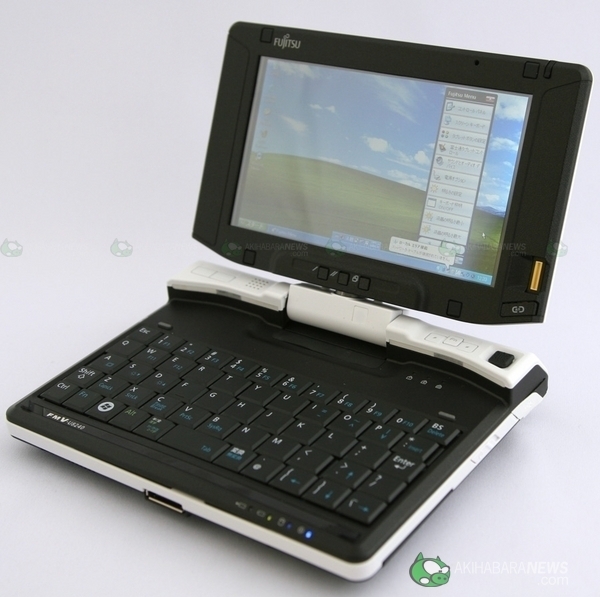
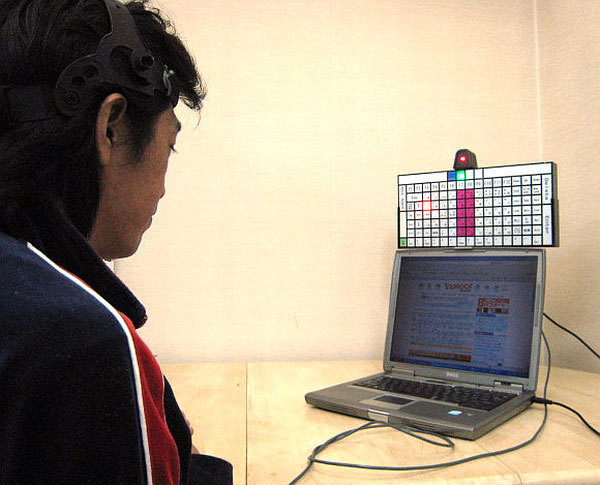
Recent Comments